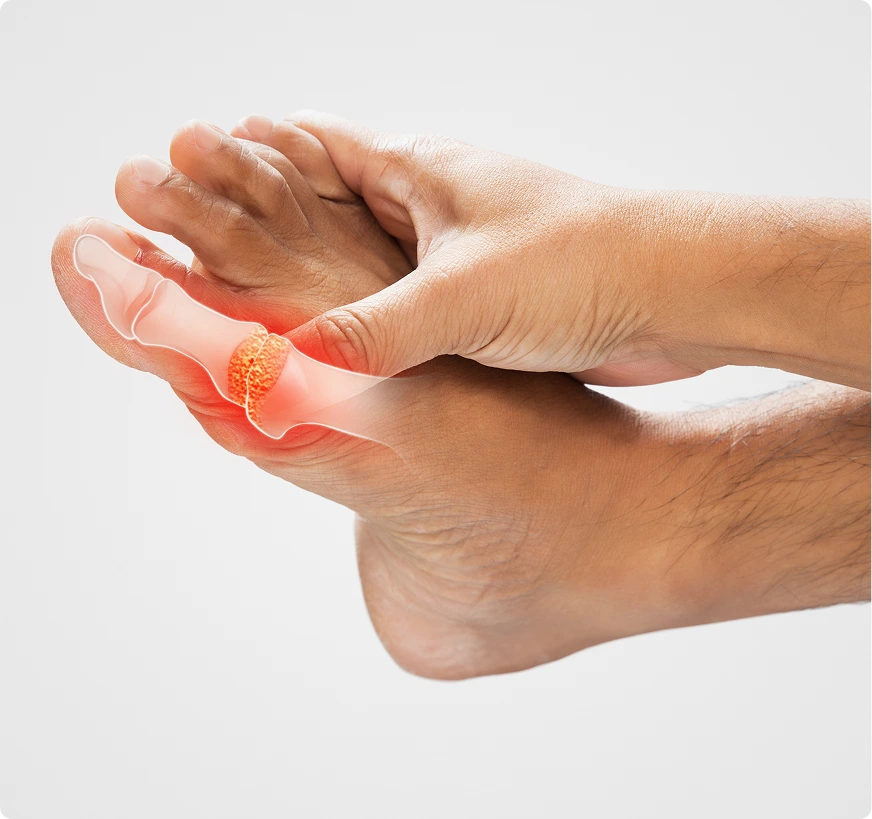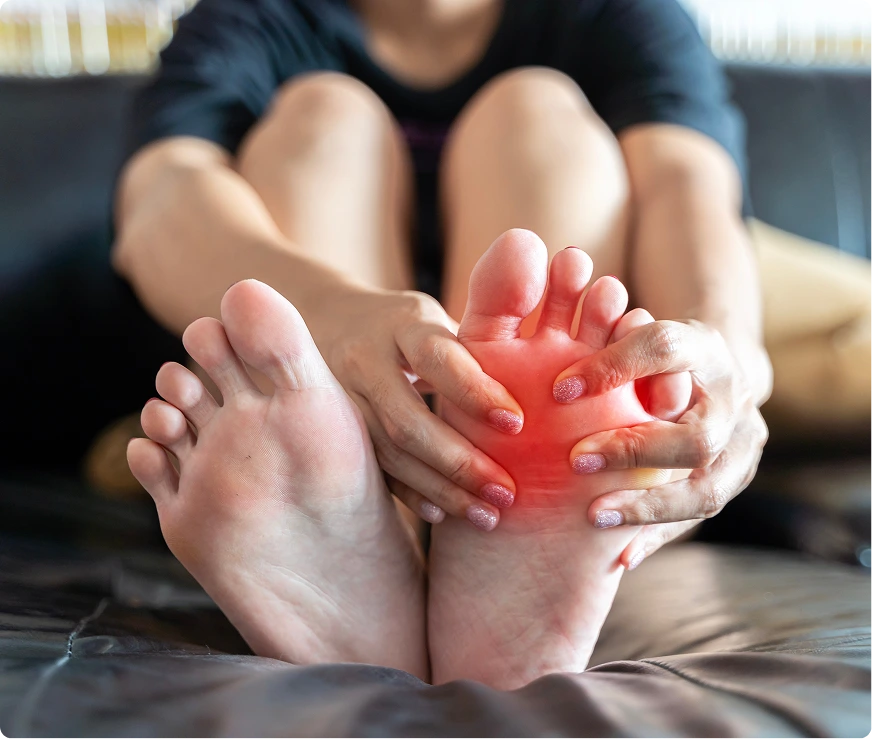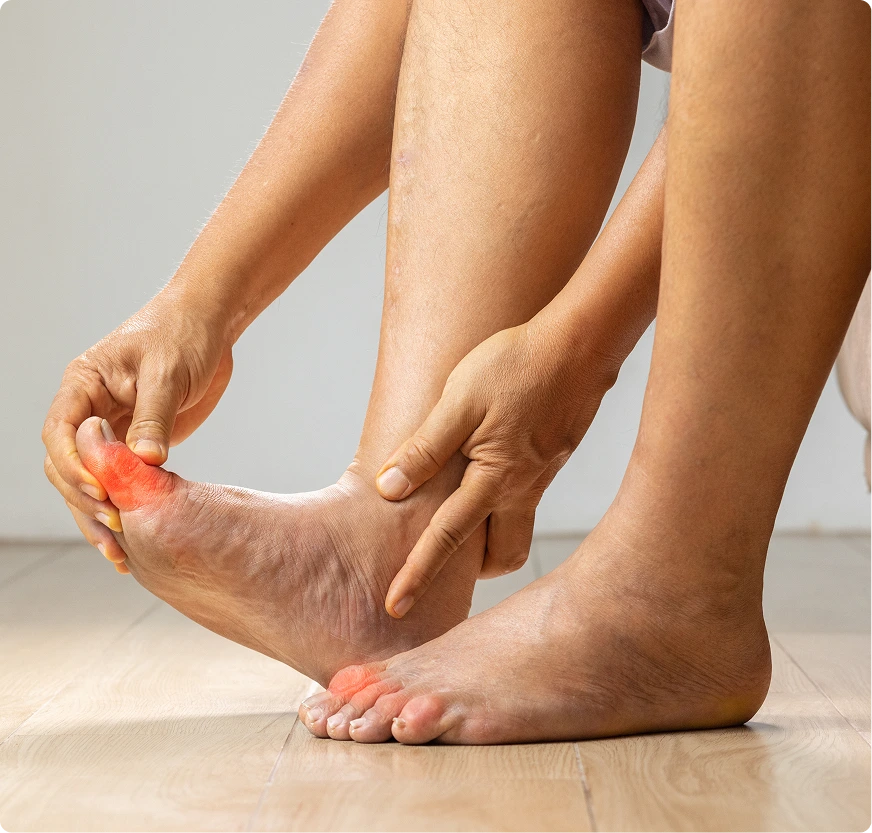Gout can cause sudden pain, swelling, and stiffness in the joints, often affecting the big toe, ankle, or knee, making everyday activities difficult and uncomfortable. Many patients seek treatment because recurring flare-ups interfere with work, exercise, or simply walking comfortably. Our podiatry offices in Michigan offer comprehensive gout treatment to help manage symptoms, reduce inflammation, and prevent future attacks, providing patients with relief and improved mobility so they can get back to daily life with greater comfort and confidence.

During your initial consultation, our podiatrist will carefully evaluate your symptoms and medical history to diagnose the cause of your joint pain and determine whether gout or another condition is responsible. During this appointment, we will discuss your treatment options, including medications, lifestyle changes, and strategies to reduce inflammation. If necessary, our podiatrist may recommend temporary immobilization of the affected joint to minimize pain and prevent further irritation while your treatment plan begins. This thorough approach ensures you receive an accurate diagnosis and a personalized plan for managing your condition effectively.

Gout can disrupt daily life with sudden flare-ups and ongoing discomfort, prompting many patients to seek medical care. Effective treatment can make a significant difference in both short-term relief and long-term joint health.


The cost of gout treatment in Novi, Southfield, Howell, and Livonia, MI, typically ranges from $150 to $600 per session, depending on the severity of your condition and the treatments recommended. Patients are encouraged to visit one of our locations to discuss their specific needs and receive a personalized estimate. During this consultation, you can also learn about available treatment options and strategies to manage symptoms effectively.
